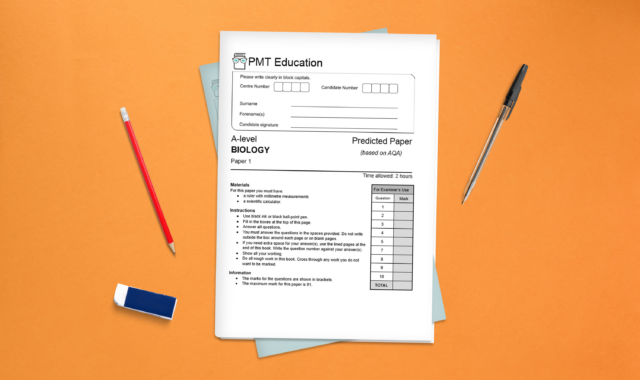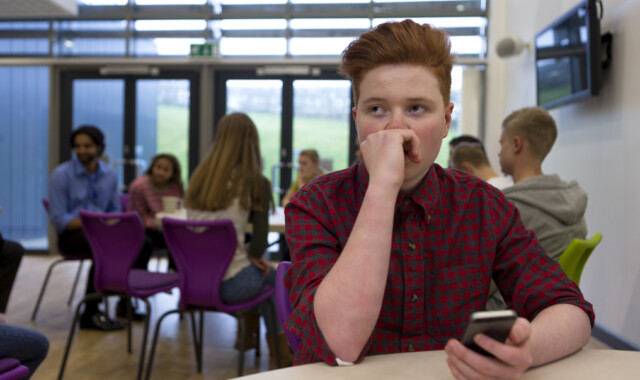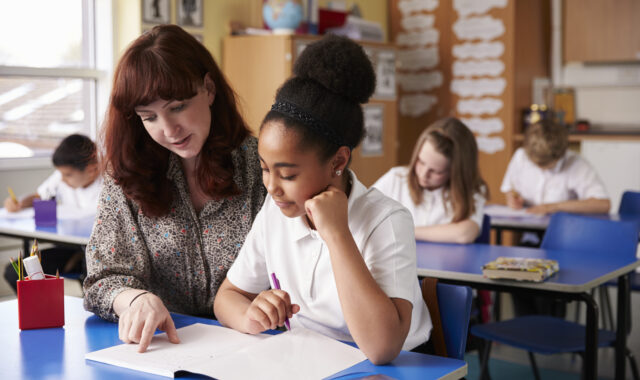As a Senior Leader with responsibility for Teaching and Learning, I have always had the core philosophy that successful and effective teaching and learning is underpinned by the culture you create as a teacher within your classroom. During my interview for my Senior Leader position, I discussed the importance of creating a mini community in the classroom. As with all communities, what joins people together is a shared sense of ownership, values and goals. The aim for teachers is to facilitate this community and lead their students in establishing and enforcing these shared values.
So, how is this done? In this article, I will share my own experiences and strategies for fostering inclusivity, respect, and positivity in the classroom.
Through my development and learning as a leader, I’ve found that the key to leading teams is having a core purpose that drives everything you do. In my opinion, this is essential when leading teams of both adults and students. As a teacher, you must ensure you know why you are there and what you want to achieve. Once this philosophy is clarified, this must be the mantra you return to in all that you do.
The key, then, is to communicate this to your students from day one. What are your shared goals? What do you all want to achieve? How will you get there? I start every term with a reminder about why we are here and what we all want to achieve. With high core expectations and reminders of standards, students are clear on what is expected of them and what I will do to support them to achieve our shared aims.
I communicate these shared goals and expectations with parents and carers. I share this via email (which is our school policy) and give parents and carers the opportunity to ask questions or arrange a follow-up phone call.

Knowing your students
Every student is different. As humans, we all want to be considered, noticed and supported. As teachers, we must ensure that we understand the characters of the students we teach. A one-size-fits-all approach will not work for all students and all classes.
The key to success with classroom culture is ensuring you take the time to get to know the students in your care. This does not need to be an exhaustive task; greeting every student at the door or asking them how their day has been can be a quick and easy way into a conversation.
To support this, take the time to read any information you are given about students, specifically students with medical or educational needs that you need to be aware of. This information may give you some important details which will help you to understand a student more deeply. However, I would be cautious to make assumptions about a student based on this information.
Positivity
Now, before discussing the topic, I think a lot of my colleagues would giggle at the thought of me talking about positivity! The key here is that how I present myself to my students in the classroom is not always how I present myself outside of the classroom, and for me, this has been a crucial part of my classroom ‘act’. With my students, I am authentic. I show that I care through mutual respect and positivity towards learning. I am honest with them about my own learning and school experiences, and I use this to show students that despite challenges in my own life, education and learning have been the key to my success.

A crucial element of positivity in the classroom is adopting an environment in which mistakes are positive. I adopt the saying ‘I praise effort, not outcome’ to ensure students feel that they can always attempt problems without the fear of getting it wrong and worrying that they will be negatively affected by this. This has been particularly powerful with formative assessment approaches that I have used with my GCSE classes. Students who started the year by not attempting questions or tasks will now offer answers; this is praised.
Relationships
There has been much discussion about the importance of relationships in a bid to tackle behaviour cultures in schools. Whilst I think this is crucial, I believe relationships actually hold the key to culture, full stop. Linked to knowing your students, building positive, professional relationships with them can unlock the many barriers preventing them from asking for help and engaging in learning. It also builds student confidence.
Students should feel that you care. As humans, we show care through the relationships and connections that we make. Taking time to talk to students in the corridors, during break duties, or in the dinner queue can all help show that you care. In my own experience, as a Senior Leader, I get to interact with students a lot outside of the classroom. These interactions have been incredibly powerful to take inside the classroom. Whilst I understand that as busy classroom teachers these occasions are more limited, there are opportunities throughout the school week to interact with students.







Comments